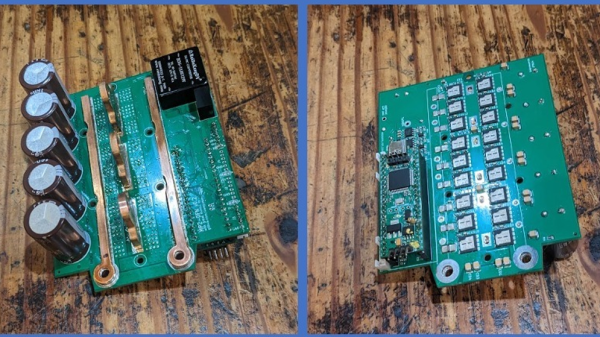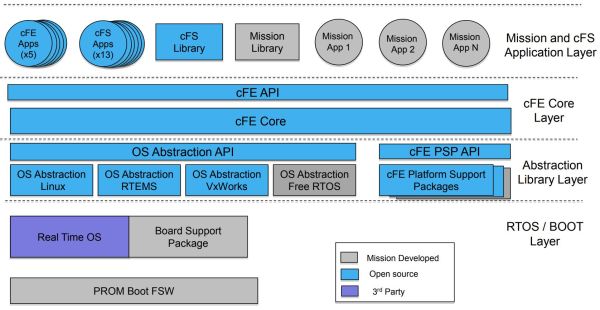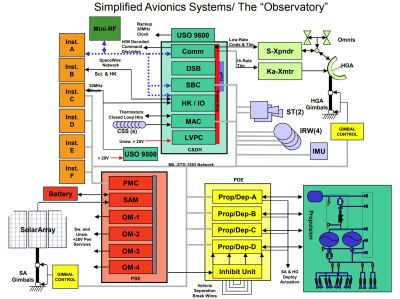Last week, we wrote about the Leica M11-P, the world’s first camera with Adobe’s Content Authenticity Initiative (CAI) credentials baked into every shot. Essentially, each file is signed with Leica’s encryption key such that any changes to the image, whether edits to the photo itself or the metadata, are tracked. The goal is to not only prove ownership, but that photos are real — not tampered with or AI-generated. At least, that’s the main selling point.
Although the CAI has been around since 2019, it’s adoption is far from widespread. Only a handful of programs support it, although this list includes Photoshop, and its unlikely anybody outside the professional photography space was aware of it until recently. This isn’t too surprising, as it really isn’t relevant to the casual shooter — when I take a shot to upload to Instagram, I’m rarely thinking about whether or not I’ll need cryptographic proof that the photo wasn’t edited — usually adding #nofilter to the description is enough. Where the CAI is supposed to shine, however, is in the world of photojournalism. The idea is that a photographer can capture an image that is signed at the time of creation and maintains a tamper-proof log of any edits made. When the final image is sold to a news publisher or viewed by a reader online, they are able to view that data.
At this point, there are two thoughts you might have (or, at least, there are two thoughts I had upon learning about the CAI)
- Do I care that a photo is cryptographically signed?
- This sounds easy to break.
Well, after some messing around with the CAI tools, I have some answers for you.
- No, you don’t.
- Yes, it is.
Continue reading “Falsified Photos: Fooling Adobe’s Cryptographically-Signed Metadata”















